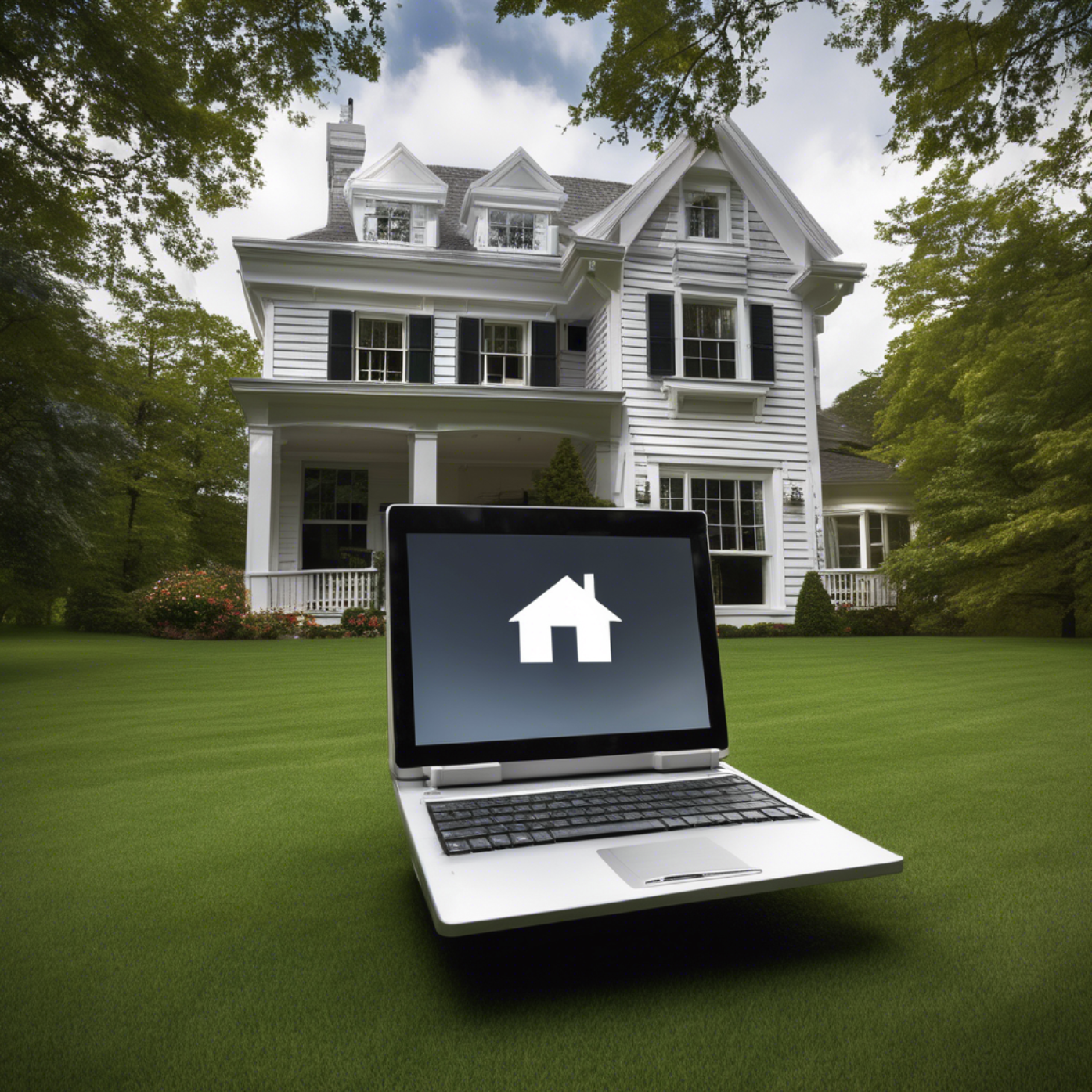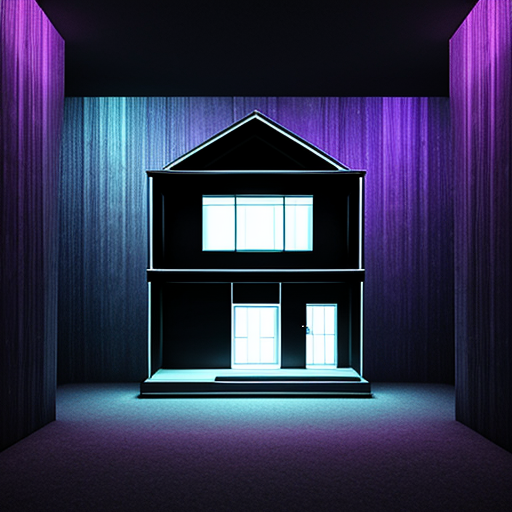
Introduction: Why Virtual Staging Is Booming
The real estate industry is undergoing a digital revolution, and virtual staging is at the forefront. With buyers increasingly relying on online listings, the demand for high-quality, photorealistic images of homes has never been higher. Virtual staging allows realtors to present vacant or outdated properties in a fresh, appealing way, all without moving a single piece of furniture. As a result, becoming a virtual stager isn't just trendy—it's a lucrative skill with growing demand.
Read about the best virtual staging softwares and apps for real estate and realtors 2025 (DIY and free download reddit): Virtual Staging
1. Understanding What a Virtual Stager Does
Virtual staging is the process of digitally furnishing and decorating property photos using 3D rendering and graphic design software. A virtual stager works with real estate agents, photographers, or homeowners to enhance images of empty or cluttered spaces. The goal is to create an emotional connection for buyers, helping them visualize themselves living in the space.
Key Responsibilities:
Editing and enhancing property photos
Adding 3D furniture and decor
Matching design styles to target buyer demographics
Collaborating with clients for revisions
Staying updated with design trends and market needs
2. Skills You Need to Get Started
To become a virtual stager, you need a combination of design sense and technical know-how.
Essential Skills:
Interior Design Knowledge: Understanding design principles like balance, contrast, scale, and harmony.
Photo Editing: Mastery of tools like Adobe Photoshop, Lightroom, or similar software.
3D Modeling and Rendering: Knowledge of software like Blender, SketchUp, 3ds Max, or virtual staging platforms like ApplyDesign, VisualStager, and BoxBrownie.
Communication: Ability to understand client needs and deliver on time.
3. Learn the Tools of the Trade
You don’t need a formal degree, but you do need to get hands-on with the tools. Start with software that offers virtual staging-specific features:
Popular Tools:
BoxBrownie: Outsourcing option, good to understand client expectations
ApplyDesign: DIY virtual staging with an intuitive drag-and-drop interface
Blender or 3ds Max: Professional 3D rendering tools (steeper learning curve but highly customizable)
Canva & Photoshop: Useful for layering and simple edits
Learning Resources:
YouTube tutorials
Udemy or Skillshare courses
Real estate design blogs
Online forums like Reddit, Facebook Groups, or Discord channels
4. Build a Portfolio
Before you approach clients, build a portfolio to showcase your skills. Use royalty-free or self-taken photos of empty rooms and virtually stage them using different styles: modern, farmhouse, industrial, and minimalist.
Tips for a Strong Portfolio:
Include before-and-after images
Provide 2-3 staging style options per image
Focus on realism and clarity
Mention the tools you used
5. Find Your First Clients
Start small. Local realtors, property photographers, and FSBO (For Sale by Owner) sellers are great initial clients.
Where to Look:
Facebook real estate groups
Upwork and Fiverr
Cold emailing real estate agencies
Partnering with real estate photographers
Networking is Key:
Attend local real estate meetups
Join LinkedIn groups for stagers and realtors
Offer a free trial service to build testimonials
6. Pricing Your Services
Pricing can vary widely based on experience, location, and complexity. Common models include:
Per Image: $25-$100+ per staged photo
Per Project: Bundled pricing for 5+ photos
Subscription Model: Ideal for agencies with frequent needs
Things to Consider When Pricing:
Time spent per image
Software costs
Revisions and client communication
7. Understand Real Estate Market Needs
Realtors are looking for fast turnaround, great value, and appealing visuals. Understand the local market: high-end listings may require luxury staging, while urban condos might benefit from minimalist, modern designs.
Stay Updated On:
Housing trends
Buyer demographics
Regional design preferences
8. Delivering a Project
A typical workflow might look like:
Receive high-quality photos from the client
Consult on preferred styles or buyer demographics
Stage the images with appropriate furnishings
Share low-res previews for feedback
Finalize and send high-res versions
Pro Tips:
Use proper lighting and shadowing for realism
Don’t overcrowd rooms
Use neutral palettes unless specified otherwise
9. Legal and Ethical Considerations
Be transparent: Mark images as "virtually staged"
Don’t digitally fix property flaws (like mold or damage)
Check licensing for furniture models and assets used
Always get permission to use client photos in your portfolio
10. Scaling Your Business
Once you've built a reputation:
Offer additional services like virtual renovations, floor plans, or 360° walkthroughs
Hire junior stagers or outsource routine tasks
Develop partnerships with agencies
Marketing Strategies:
Launch a website with SEO-focused content
Showcase client testimonials and case studies
Run social media ads targeting realtors
11. Challenges to Expect
Meeting tight deadlines
Managing client expectations
Software crashes or rendering issues
Handling design critiques professionally
Final Thoughts: Is Virtual Staging Right for You?
Virtual staging combines creativity with technology and real estate marketing. If you're passionate about design, enjoy working with digital tools, and want to help properties shine online, this could be a rewarding career path.
Start small, learn continuously, and focus on quality. With the right mindset and toolkit, you can turn empty rooms into irresistible homes—all from behind your screen.










Write a comment ...